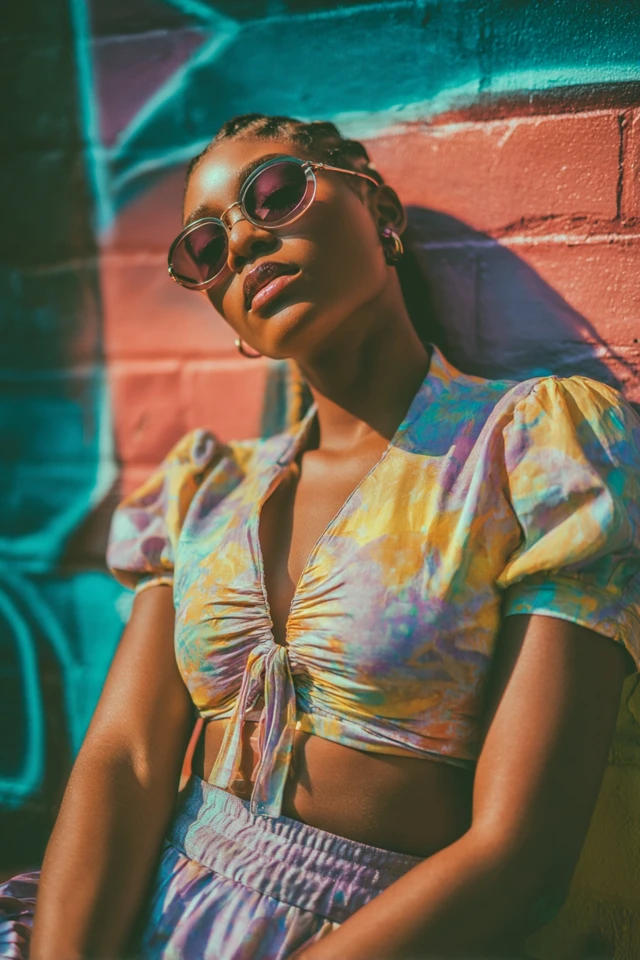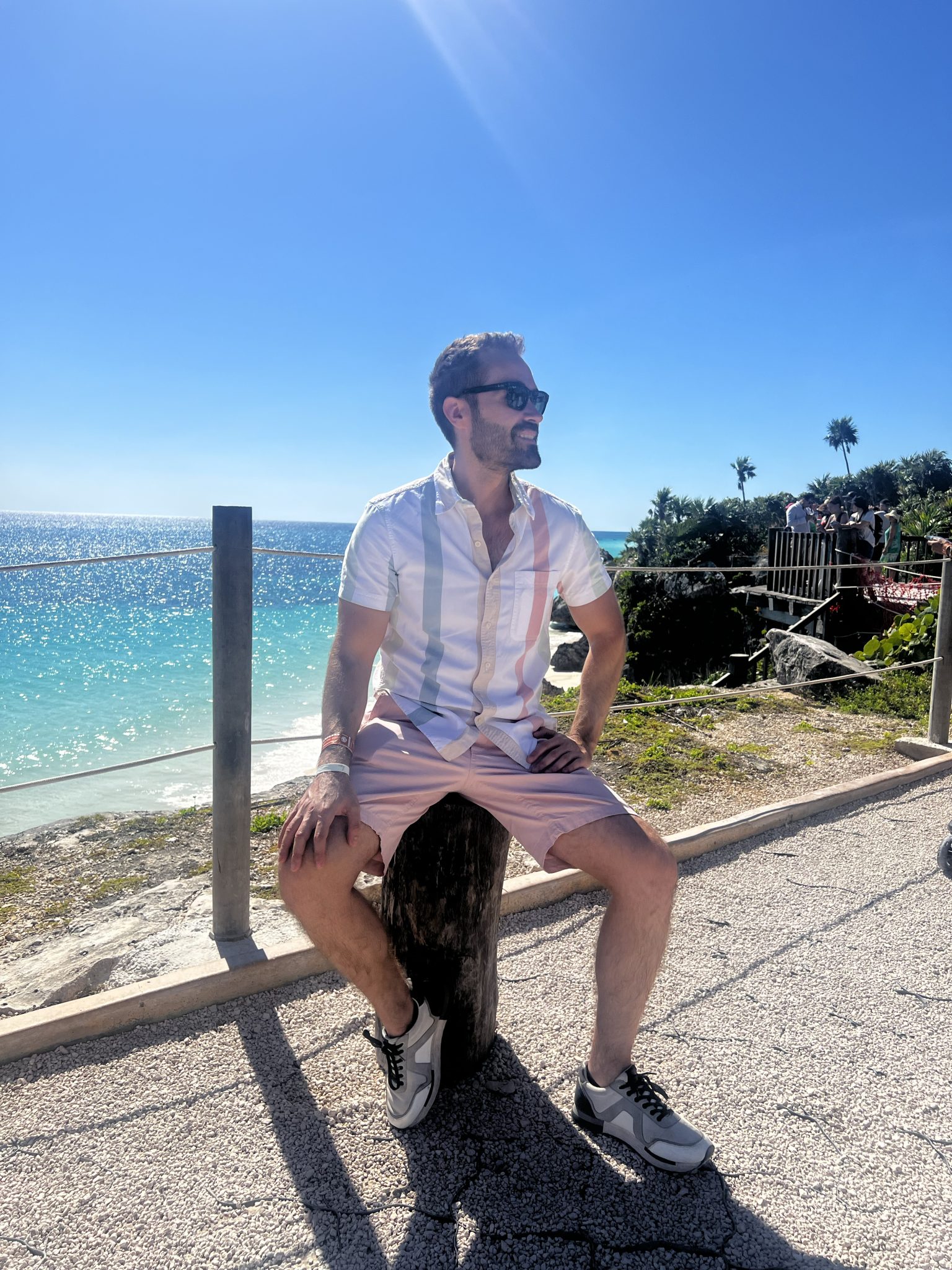Introduction
The crisp breeze of an early autumn afternoon carried the faint scents of heritage leather and fresh parchment as I wandered through an estate sale in the quiet suburbs. Among the meticulously preserved garments and accessories, I found myself captivated not by the extravagance but by the timeless essence of “old money” style—a synthesis of understated elegance and intentional simplicity. This moment revealed the allure of the casual old money look: a fashion narrative that speaks volumes without saying too much, where each piece carries a story more profound than fleeting trends.
Why does this style matter so deeply, especially today? In an era saturated with fast fashion and fleeting trends, the casual old money aesthetic offers more than just clothes—it offers an ethos. It champions quality over quantity, subtlety over flashiness, and above all, confidence born from understanding oneself rather than just seeking approval. For those of us interested in the psychology of color, fabric, and silhouette, exploring this refined approach to dressing unveils how our choices affect not only how others perceive us but how we perceive ourselves.
About the Author and My Trend Boutique
As a fashion designer and color psychology researcher, I’ve seen time and again that the way we dress plays a pivotal role in shaping our identity, mood, and social presence. The casual old money look isn’t simply a wardrobe style; it is a powerful tool for dressing to impress with authenticity, enabling wearers to project quiet confidence and enduring sophistication. In this post, we will delve into the foundational concepts, color psychology, body type considerations, and practical tips to master this coveted aesthetic in your everyday life.
Foundational Concepts
To truly embrace the casual old money look, it is essential to unpack the core ideas that underpin this aesthetic. We begin with color psychology: a field devoted to understanding how hues influence human behavior, emotions, and perceptions. For example, navy blue evokes trust and authority, beige suggests calm and reliability, while deep greens signal wealth and growth. This insight allows one to choose garments not just for appearance but for psychological impact.
Trend forecasting also plays a subtle but crucial role. While the old money style primarily prioritizes timelessness, being aware of upcoming shifts in fabric textures, color palettes, and accessory shapes helps in selecting pieces that will remain relevant yet feel fresh. This is an excellent reminder that dressing well is not about blind adherence to trends but about harmonizing personal style with evolving cultural contexts.
Finally, the art of dressing to impress extends beyond superficial appearances. It’s about crafting an outfit that commands respect while being approachable, showing that you value yourself and others alike. Through decades of social research, it’s clear that these non-verbal cues—how clothes fit, feel, and complement us—are instrumental in professional and social success. The casual old money look achieves this by blending comfort, quality, and subtle luxury.
Picture Gallery
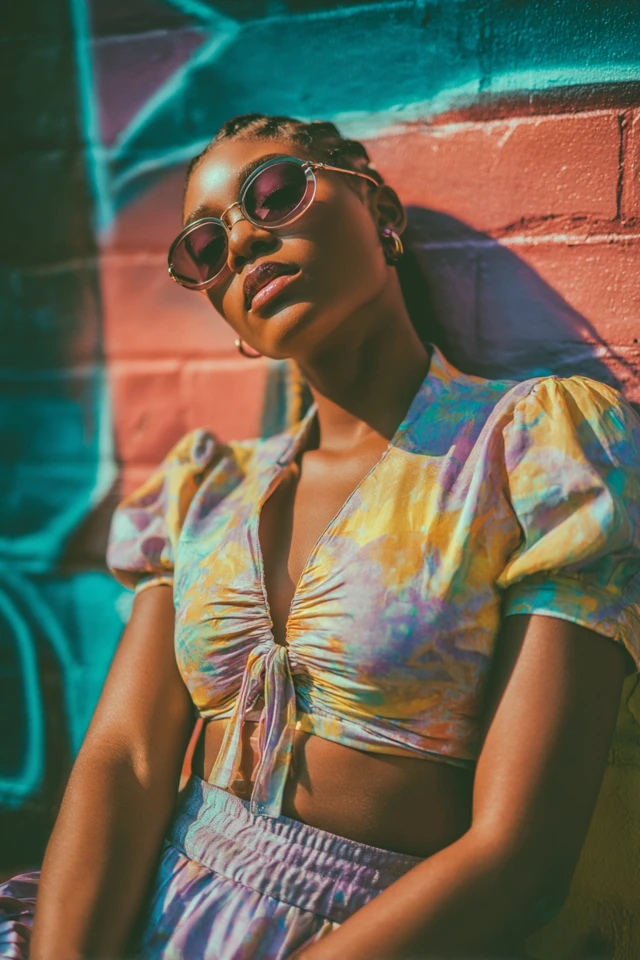
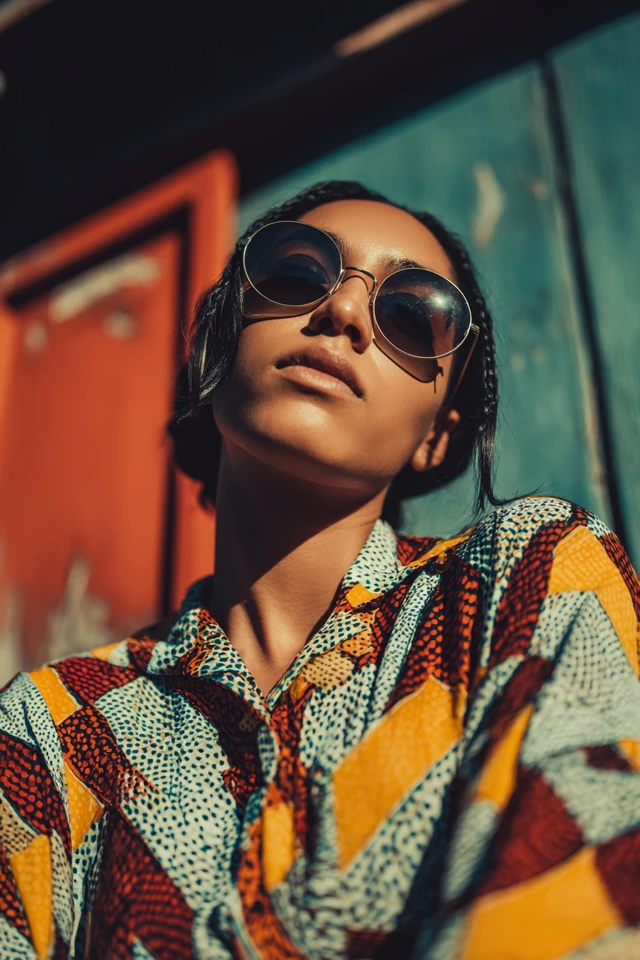
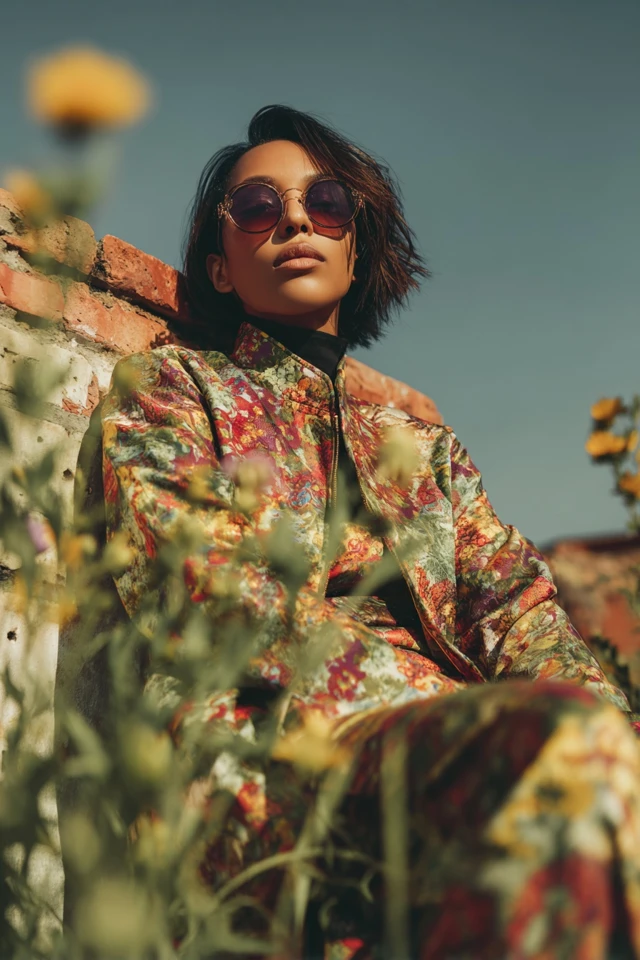
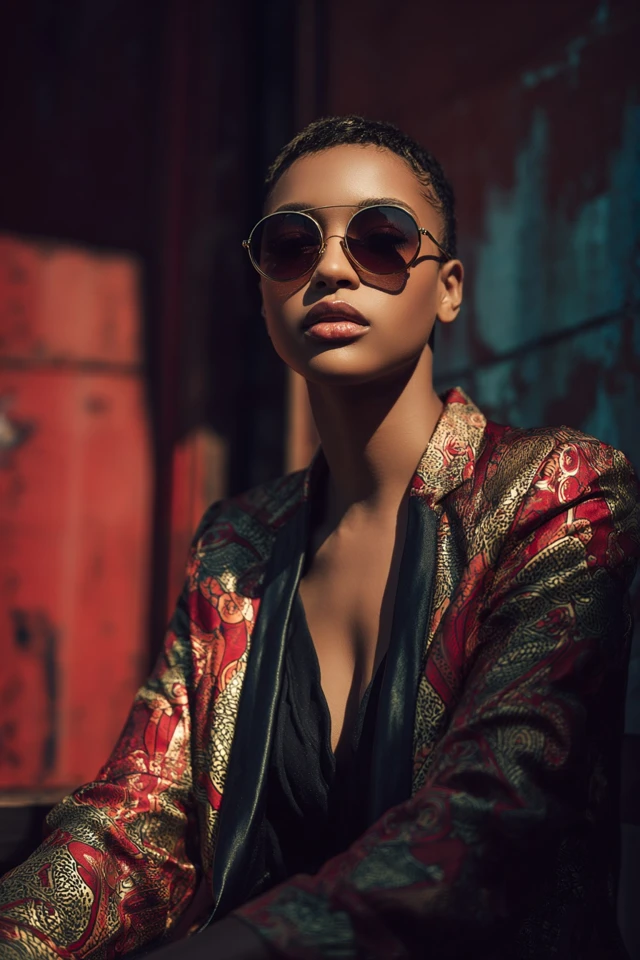
Color Psychology & Emotional Impact
Understanding color psychology is perhaps the most transformative step in refining your casual old money wardrobe. Colors function as emotional stimuli and play a crucial role in first impressions—a critical moment lasting just seconds but setting the tone for ongoing interactions. Studies show that darker blues and muted neutrals communicate trustworthiness and stability, essential traits associated with the old money mystique.
Moreover, colors can affect your self-confidence. Wearing hues that make you feel poised and composed can create a feedback loop, enhancing your posture, voice tone, and overall demeanor. For example, opting for a cashmere sweater in cream or camel not only looks luxurious but can induce feelings of warmth and calm, which you inadvertently project to others. Contrast this with bold or overly bright colors which may detract from the subtlety that defines the old money look.
Another fascinating aspect involves cultural connotations. While black is often the go-to for formality, old money aesthetics prefer softer contrasts—ivory instead of stark white, olive greens instead of neon hues, classic navy instead of harsh blacks—each choice carefully curated to balance strength with approachability.
Personal Style & Body Type Considerations
No discussion of style is complete without considering the unique dimensions and tones that create your personal silhouette. Dressing with your body type in mind ensures comfort, confidence, and elegance—core pillars of the old money look.
- Hourglass: Embrace tailored jackets that nip in at the waist, wrap dresses, and high-rise trousers that highlight your natural curves.
- Rectangle: Opt for structured blazers, layered knits to add dimension, and belted coats to create the illusion of a defined waist.
- Pear: Choose A-line skirts, softly draped tops, and rich textures on upper bodies to balance proportions.
- Apple: Prioritize V-necks, empire waistlines, and lightweight fabrics that elongate and streamline your frame.
- Inverted Triangle: Seek pants with volume like wide-leg trousers and simple, elegant tops to soften shoulder width.
Color selection is equally essential. Cool-toned individuals often shine in navy, muted teal, and stone, while warm-toned individuals look radiant in camel, olive, and creamy whites. To help you assess your best palette and style alignments, consider the following quick checklist:
- Do neutrals form the majority of your wardrobe?
- Does your skin tone suggest cool (pink/blue undertones) or warm (golden/yellow undertones)?
- Are you more comfortable in fitted or flowing silhouettes?
- Which textures make you feel most at ease—smooth silk or soft cashmere?
- Do you prefer monochromatic looks or subtle layering?
Current Trends & Timeless Classics
While the casual old money aesthetic prizes timelessness, it is not immune to contemporary influences. Currently, there is a resurgence of earthy tones—think terracotta, sage green, and muted mustard—that echo the classic palettes favored by old money elites. Alongside this, sustainable, premium fabrics such as organic cotton, fine wool, and recycled cashmere highlight a growing environmental consciousness aligned with old money values of longevity and quality.
Styling-wise, wide-leg trousers and softly structured blazers have made a discreet comeback, perfect for layering over fitted tops and silk scarves. These pieces can be paired effortlessly with evergreen staples like trench coats, tailored loafers, and understated leather belts. The magic lies in blending these elements so that your outfit looks curated yet unforced—a signature of casual old money style.
Practical Tips & Recommendations
To translate the casual old money look into your wardrobe, start by investing in versatile basics crafted from quality fabrics. A navy cashmere sweater, crisp white button-down, beige trench, and well-cut chinos form a solid core. When shopping, opt for natural fibers and avoid conspicuous logos or embellishments, as subtlety is key.
Layering is an art in this aesthetic. Layer a lightweight merino wool blazer over a soft linen shirt, topped with a silk scarf in a complementary muted tone for added sophistication. Accessories should be minimal yet impactful: classic leather belts, pearl or gold stud earrings, and elegant watches.
Maintaining your wardrobe ensures longevity. Use natural detergents, avoid excessive washing of delicate garments, and employ wooden hangers for jackets and coats to preserve structure. Color combos to experiment with today include navy and camel, olive and cream, or soft gray and blush.
FAQs
- Q: How can I find my signature color for a casual old money wardrobe?
A: Identify shades that complement your skin undertones and make you feel confident. Start with classic neutrals and gradually introduce accent shades that evoke calm and sophistication, such as navy, camel, or muted greens. - Q: Is the casual old money look achievable on a budget?
A: Absolutely. Focus on quality over quantity by selecting fewer, better-made pieces. Thrift stores, vintage shops, and responsible brands offer affordable options true to this aesthetic. - Q: Can I incorporate current fashion trends without losing the old money vibe?
A: Yes, blend trends sparingly with timeless items. For example, pair trending wide-leg pants with a classic cashmere sweater and loafers to maintain balance. - Q: How do I build a capsule wardrobe centered around casual old money style?
A: Focus on essential neutrals, key layering pieces, versatile accessories, and quality fabrics that can be mixed and matched daily. Avoid excessive prints or flashy logos. - Q: What fabrics best embody old money casual elegance?
A: Natural materials such as wool, cashmere, silk, and high-quality cotton provide both comfort and luxurious appeal central to this look.
Conclusion
Embodying the casual old money look is a journey into understanding how subtle style choices—colors, fabrics, and silhouette—affect personal and social perceptions. This aesthetic champions timelessness, quality, and emotional intelligence, empowering you to dress with quiet confidence and authenticity. Whether you are upgrading your wardrobe or refining your style philosophy, remember that true elegance is an expression of your values as much as your taste.
Fashion is an evolving dialogue between yourself and the world—don’t hesitate to experiment thoughtfully. Play with color combinations, textures, and layers that resonate with your individual spirit. By embracing the principles discussed here, you can craft a look that is distinct, sophisticated, and effortlessly true to you.
I encourage you to share your style experiences, ask questions, and subscribe for more insights into the intersecting worlds of fashion, color psychology, and personal development. Together, let’s redefine what it means to dress to impress—gently, gracefully, and with intention.

